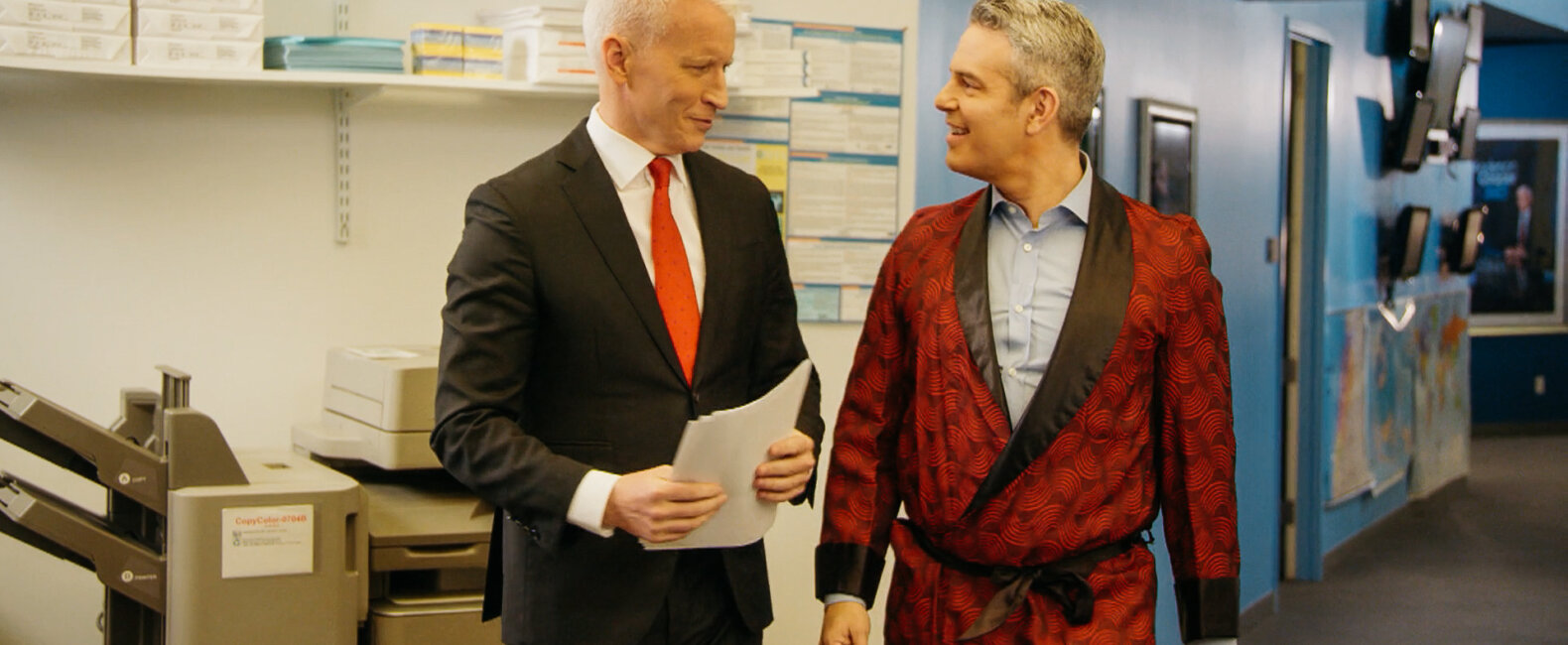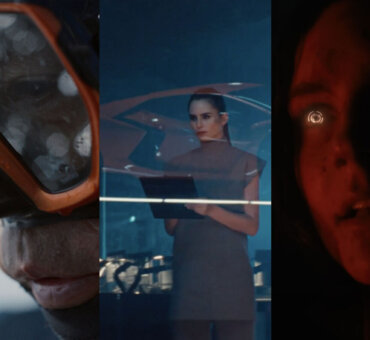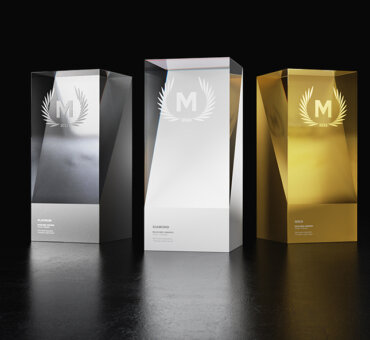We’re celebrating the unsung heroes of filmmaking by speaking with veteran producers about their craft, perspective, and process. To learn how Musicbed can make your own process easier—with preferred rates, same-day quotes, and free song pitches—click the link below to create a free account.
When it comes to producing branded content, there are always going to be unknowns on the table. There may even be some uneasiness—will this idea actually work? Can brands trust that agencies and production companies have their best interests at heart?
MinusL’s Executive Producer Craig DiBiase thinks a little humility and a lot of communication may be the cure for dysfunctional client relationship.
“Something I’ve seen working at other companies, is that people sometimes had a chip on their shoulder. They had to toss their creative weight around like, ‘We’re the creative lead on this. We’re the production company. You hired us,’” Craig told us. “Our approach is so much different. It’s almost like we’re on an internal team. We understand what they’re going through on a daily basis.”
MinusL’s relationship with CNN is a great test case for this. They collaborated with the network’s award-winning internal team to produce the massive New Year’s Eve campaign—and, unsurprisingly, they’ve been tapped for NYE 2020 as well. It turns out their humble approach doesn’t just work well creatively. It creates return clients, too.
We asked Craig to break down his campaign work with CNN, featuring anchors Anderson Cooper and Andy Cohen, along with their insanely unpredictable schedules. Here’s Craig.
Musicbed: How did producing branded content become your main focus at MinusL?
Craig DiBiase: MinusL started in 2010, and at the time I was a producer with a lot of larger production companies in New York. The famous buzzword being tossed around at the time was branded content. Nobody really even knew how to define it at that point. I saw a lot of work that was floating around that the bigger companies considered small-budget jobs. So, as we formed MinusL, we very much gravitated towards figuring out how to to these “smaller jobs.” Which, of course, aren’t really smaller jobs, they just weren’t Super Bowl commercials.
We got in on the ground level very early, in terms of figuring out how to work with clients on producing branded content. They’re not just throwing a script at us and then we shoot it—or, “Here are the hard drives. Go edit it.” For us, it’s become a collaborative process and CNN is a great example of that. We’re talking about spots we’re going to be filming in mid-to-late November, and we’re already talking about it in September.
I think that’s what separates us from a lot of the other companies in New York. We operate much, much leaner, more efficiently, and we’re able to do it because we can collaborate with our clients very early in the pre-production process.
Is that how it worked on the New Year’s Eve campaign?

Yeah. We’ve been working with CNN’s creative marketing team for a little over four years now. We value our relationship with them more than anything. The reason for that is because there’s very little bullshit. It’s not like we’re getting on a call with 50 people, then they have to go to someone else and get approval. It’s just a much more streamlined process. It usually starts with a vague one-liner of something, for instance in this project what they wanted to do for New Year’s Eve.
What was the vague one-liner for this project?
One thing that came from both our team and their team was, “Hey, we film with Anderson Cooper and we’ve filmed with Andy Cohen a few times. They’re both wonderful people.” So, we just started building from there [laughs]. The whole idea with the spot is that Andy Cohen has started to become a bit overly comfortable now that he’s been on the New Year’s Eve broadcast with Anderson a few times.
What’s the key to having productive conversations with a client?
While we are very friendly with CNN and have done probably 40 or 50 spots with them over the years, it’s important to be very mindful about their inner workings. Something I’ve seen working at other companies, is that people sometimes had a chip on their shoulder, like they had to toss their creative weight around like, “We’re the creative lead on this. We’re the production company. You hired us.”
Our approach is so much different. It’s almost like we’re on an internal team. We understand what they’re going through on a daily basis. We may have a great idea, but we also acknowledge that in CNN’s case Anderson Cooper has a crazy schedule. It’s about understanding what’s in a client’s head and having a conversation.

As you were planning, what sort of hurdles were you discussing with CNN?
Everyone who works with celebrities understands that you may only have someone for four or six hours at a time. With the CNN anchors, it’s a bit more challenging because you have a very short window and they’re often pulled away because breaking news is happening in the newsroom.
How do you even plan for that?
We had to approach shoots with a plan A, B, and oftentimes a C, too. I think we had Anderson for 90 minutes. I’ve got to give that guy a lot of credit, because his day is just insane. My busiest day is like his least busy day. The day of the shoot, he was on-air in D.C. from 11 a.m. to noon and he hopped on a flight to New York and came right to the set.
So, knowing all of this, we developed another concept with CNN’s team just in case. We came up with cardboard cutouts of Andy and Anderson with this whole New Year’s Eve party kit joke. We had the idea to shoot a 30-second spot that would run a couple of weeks beforehand. But, we’re always trying to do more with their marketing team, so we made it like an infomercial with an actual 1-800 number. A lot of people actually called the number, especially once Anderson and Andy posted it on social media channels. It created this great dialogue and became more than just a 30-second spot.
Also, I’ve got to give our team and the creative marketing team a lot of credit for that. We start the process thinking if something had happened on day one, we still have this great spot. It’s about being proactive from the beginning.
What’s the key for producing branded content that has a broader rollout, like this CNN campaign?
When we first started in 2010, we were producing branded content with sports agencies and PR companies and they’d say, “We want something viral. Something big.” Well, it doesn’t just happen by having a good piece of content. There are a lot of things behind it. That’s something CNN understands very well, to give their team credit. It’s about more than just shooting and crossing your fingers.
With CNN, there’s a strategy—when it’s going live on cnn.com, when it’s going on-air, all of these different channels. Going through the whole process, it’s interesting to see that vague one-liner turn into something like this that’s going out on different channels.
How did the shoot go?
I’ll be honest with you. The shoot at Time Warner was crazy [laughs]. Just from a logistical standpoint—and I think anyone who’s shot in New York can relate to this—but just getting your whole team and equipment inside these larger buildings can be half the battle. But, in the Time Warner building, over the years we’ve figured out the best way to get in, get set up and be prepared.
How do you pull that off?
First off, we go get a permit from the mayor’s office. Then, we have our PAs holding parking spots overnight, so that when our equipment trucks go live in the morning, there’s somewhere for them to park. Then, once we’re at the building, the trucks and everything have to get inspected before they make their way into the loading dock. For us, I wouldn’t say we get too cozy once we’re inside.
We knew we were going to be bouncing around the building. CNN is on multiple floors. We were going from seven to five, then six, and a lot of times I’d tell production, “Guys, let’s put everything on seven, then shoot on six, and then to five.” It’s all dictated by the CNN anchors, though, so we generally end up jumping all over the place.
On our first shoot day, we were tracking Anderson as he was making his way from Washington D.C. and Andy was able to give us a few hours in the afternoon. The internal team helped us out a lot, especially for the other anchors that were involved. A lot of time we’ll rely on the CNN talent coordinator to be our point-person for getting everyone where they need to be. So, the first day of shooting was a little crazy, but our second day on the infomercial shoot was a bit more controlled.

You’re shooting for this year’s campaign too, right?
Yeah. With any project, you’re thinking, How do we make it better or bigger or more unique? The same thing applies to this. What can we do this year that outguns that? We’ve been tossing around some initial ideas that are a bit bigger than last year and at the same time, it’s about finding that right balance. How do we make sure it’s something realistic that we can pull off as a company and makes the CNN creative team look good as well?
You might as well push the envelope a bit, knowing that sometimes things don’t work out. But, sometimes they do.
How do you balance creative ideas with realistic expectations?
It can be very, very tricky. As a company, you’re always wanting to push the creative when you’re producing branded content. There have been a couple of projects in the last five years where it was a lower budget, but we got excited about it because the creative was great. It can be fun in the idea phase, but it’s just about being very honest with your client and managing those expectations.
This morning we signed for another project and the idea we put together is probably five times bigger than what the money is actually able to do. We’re aware of that and we very much relayed it to the client. We tell them, “We’re acknowledging that neither of us can afford this right now, but, from a creative standpoint, why limit things right off the bat?”
So, we usually go a little bit over the top to begin with and then begin scaling it back, whatever’s necessary. In the end, if the clients are really into the crazy idea we had initially, they are able to find the money. You might as well push the envelope a bit, knowing that sometimes things don’t work out. But, sometimes they do.
We’ve reinvented music licensing for producers. Create a free account today to get label-quality music without the red tape, free song pitches, and same-day quotes, and so much more.
Want to learn more about producers’ techniques and processes? Check out our interview with Stink Studio’s Omid Fatemi as he breaks down a spot with TUMI.




















































































